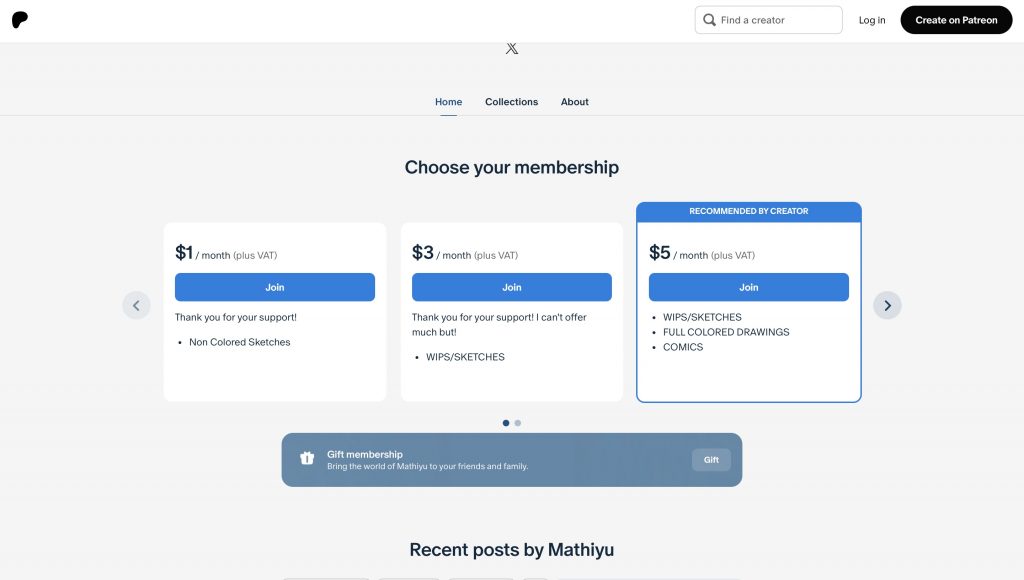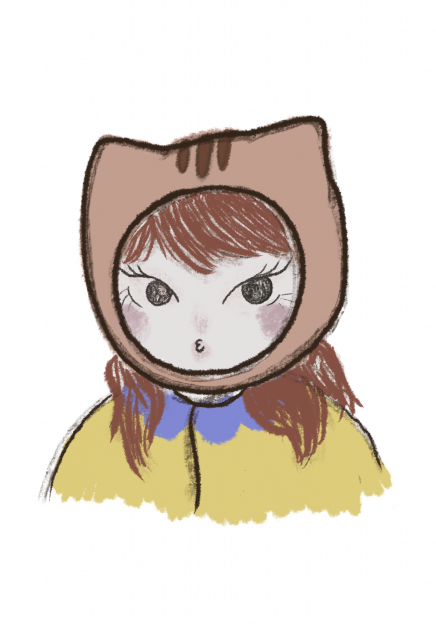Week 9: Web3.0 and alternative forms of monetisation
It is interesting how social media has allowed us to find new ways to earn money. While Van Gogh struggled to sell his paintings on the street, the internet has enabled artists to reach further than ever before in hopes of sharing their art, and earning some money along with it.
As the online digital space continues to develop, as does forms of monetisation. Swartz believes that “payment is increasingly being produced, practiced, and understood as a form of ‘social media’.” The transfer of money itself has become a vessel for which communications take place, and new meanings have been placed upon it. This is most apparent on social media platforms like X (formerly Twitter).
As discussed in this blog post, the users have become a commodity whose data is sold to advertisers. But conversely, a double commodification is happening where users, through their digital labour, create value in the social media platform. As users become more aware of the digital labour they perform, there is a push towards the need to create a space where users are rewarded for their labour.
X is a melting pot of different people and personalities, but I want to look at something more specific: fanartists.
Artists who create content for a specific fandom can be referred to as fanartists, they share their work for free on X for everyone to have access to. The artists are not paid for their physical labour (creating the art), or their digital labour (posting the art, adding hashtags for visibility, using the platform itself).
Fanartists increasingly use their platforms to redirect followers to other forms of payment, like Patreon. Patreon is a site that allows users to be paid by their fans or followers in return for exclusive content.

X fanartist Mathiyu (@mathiyu_illus) redirects their followers through a link in their bio to their Patreon account. Their Patreon offers different tiers, with higher payment price giving more benefits such as more detailed sketches, larger sketches, and sketches with colour.

For Patreon to be effective, an artist must first have some ‘loyal’ followers who are willing to spend money on a Patreon tier. To achieve this, there must be a sense of trust between followers and artists– in order for the artist to earn money from Patreon, they must first build a sense of community with their followers.
Web3.0 is a concept that aims to incorporate token-based economics into the internet, resulting in an “expansive matrix of built-in ownership and payment infrastructure.” This would conceptualise the internet based on a blockchain-system that operates using the sale of non-fungible tokens (NFTs) as currency. In line with this, Li Jin says that creators should be able to have ownership and influence on their platform of choice. She agrees that it is followers trusting the artists that lead to success of the artist, but notes that followers don’t see rewards if the artist becomes successful. She therefore proposes that the lines between artist and follower should be blurred, ensuring that everyone is compensated for creative outputs. How this works, she claims, is that an artist can sell a token, this token can be purchased by followers who are then incentivised to see that artist succeed, and so promote the artist more. Through the ownership of the token, the follower also has some form of ownership over the content the artist produces.
I think Li Jin’s ideology is flawed. Making everything hold value, in my opinion, removes the joy in creating, and I think it fundamentally modifies the type of trust followers feel towards artists currently. By introducing ownership, tokenization would also encourage entitlement. That sense of ownership Li Jin talks about isn’t present currently. If a follower no longer likes the artist, they can unfollow, block, and cancel future Patreon payments. The transaction is over and they are no longer connected. But with Li Jin’s idea, if the follower no longer believes in the artist after purchasing the token, is the token refunded? Returned? Li Jin offers a very optimistic view of Web3.0, but I can’t help but wonder how Li Jin would respond to an artist failing to take off, and what happens to the value of the tokens then.
